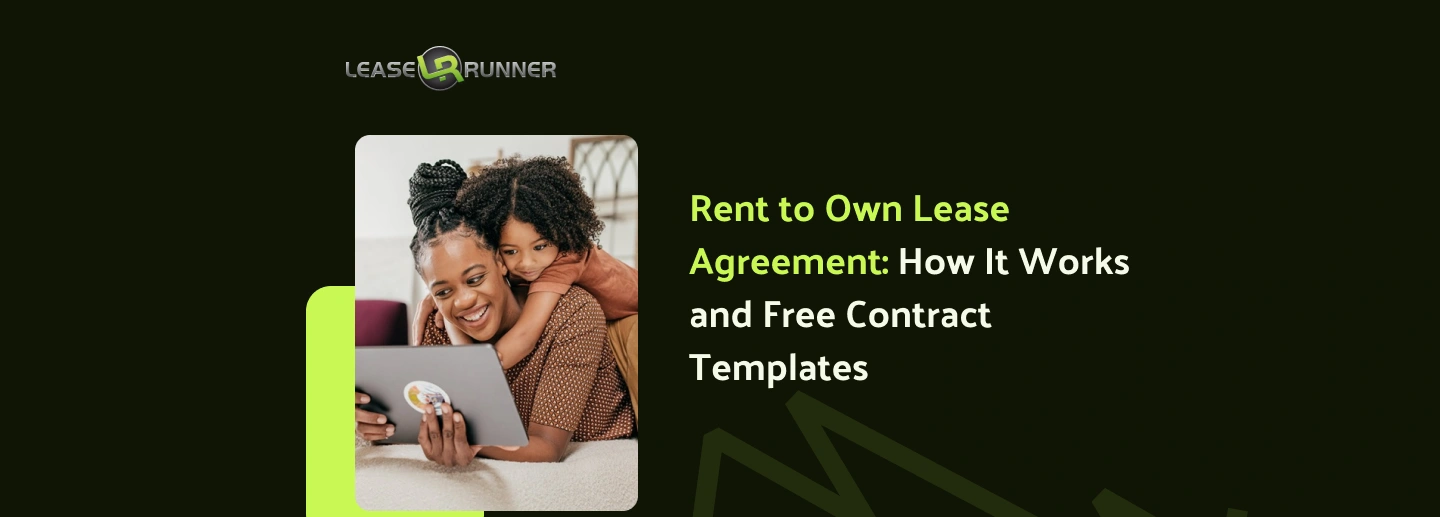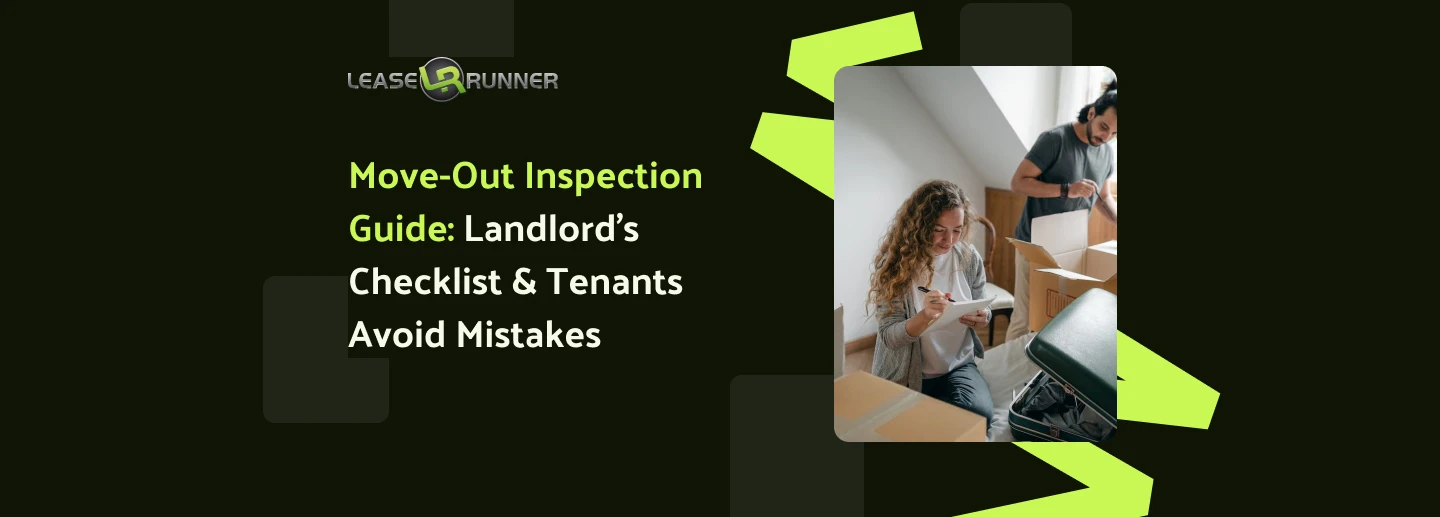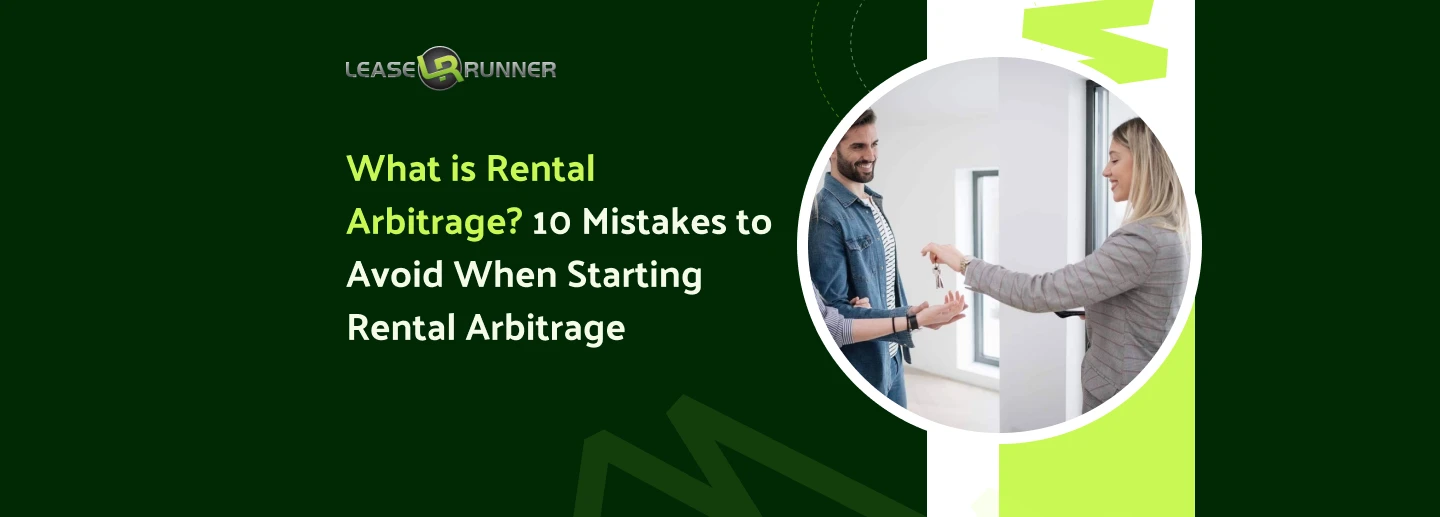Dreaming of owning a home but can’t qualify for a traditional mortgage just yet? A rent to own lease agreement could be your solution. This arrangement offers a path to homeownership for people who might not otherwise have the opportunity. But what does rent to own mean exactly?
In this guide, we explain what is rent to own mean, how it works, and provide insights into rent to own contract forms.
What is Rent-to-Own?
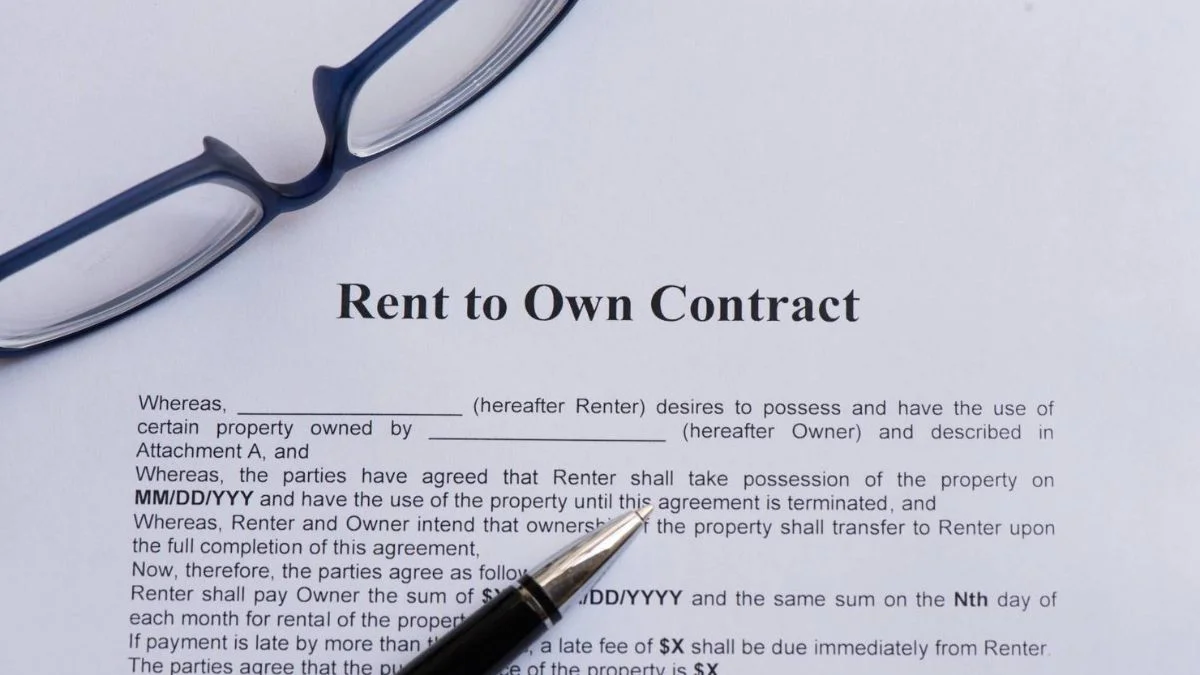
A rent-to-own or a rent-to-buy arrangement is a legal contract where a potential tenant signs a rent to own home agreement contract with the landlord. The agreement specifies a lease period, during which the tenant rents the property and makes regular payments. A portion of each payment often goes toward the eventual purchase of the home.
At the end of the lease term, the tenant has the right to purchase the property. The exact terms of this purchase are defined in the initial contract. It’s a flexible option that can benefit people with low credit scores or insufficient savings for a down payment.
How Does Rent-to-Own Work?
So, how does rent to own work in practice? At its core, this arrangement combines elements of renting and buying a home. It generally functions in two main ways:
- Option Fee: When signing the agreement, the tenant pays the landlord a non-refundable option fee. This fee gives the tenant the exclusive right to buy the home at a predetermined price within a specific timeframe, usually 1 to 3 years. If the tenant decides not to buy the home, they forfeit this fee. The option fee is negotiable and typically ranges from 1% to 5% of the home's value.
- Rent Credits: A portion of each monthly rent payment is set aside as a rent credit. This credit accrues and is deducted from the final purchase price if the tenant decides to buy. For example, if your monthly rent is $2,000 and $500 is credited, you would accumulate $6,000 in rent credits over a year. This amount is directly subtracted from the home's agreed-upon sale price.
At the end of the lease term, the tenant can:
- Exercise the option to buy the property, applying any rent credits or option fees toward the purchase price.
- Walk away if they decide not to purchase, though in most cases, they will forfeit the option fee and any credits.
To put these mechanics into action, the practical process of a Rent-to-Own agreement typically unfolds in three main steps:
- Signing the Agreement: The landlord and tenant sign a rent-to-purchase agreement that outlines all the terms. This includes the rent amount, the purchase price, the option fee, and the duration of the lease.
- Making Payments: The tenant makes monthly rent payments. Part of this payment may be a "rent credit" that accrues toward the purchase price.
- Exercising the Option: At the end of the lease, the tenant can either exercise their option to buy the home or walk away. If they choose to buy, they must secure financing and complete the sale.
This arrangement provides a structured path to homeownership. It gives tenants time to improve their credit score and save money for a down payment while living in the home they intend to buy.
During this period, tenants maintain the property like a standard renter. To explore related financial arrangements, you can read about net rent vs gross rent.
Types of Rent-to-Own Agreements

When it comes to rent to own contract examples, there are two main types of agreements. Knowing the difference between them is crucial, as they have different legal implications. With the rising cost of rent and the increase in often-criticized "junk fees," many tenants are seeking more flexible and transparent financial solutions.
Lease-Option Agreement
A lease-option agreement gives tenants the option, but not the obligation, to purchase at a set price after the lease ends This agreement typically includes:
- Option fee: A non-refundable upfront payment that secures the tenant’s right to purchase.
- Purchase price: Either locked in at the start of the lease or determined by market value later.
- Lease term: The rental period during which the tenant decides whether to buy.
This setup allows flexibility: tenants can choose to buy or walk away when the lease ends. However, the option fee is usually forfeited if they decide not to purchase.
Lease-Purchase Agreement
A lease-purchase agreement requires the tenant to buy the property at the end of the lease. This type is more binding than a lease-option, meaning tenants must plan for financing and be prepared to follow through on the purchase. This agreement generally includes:
- Purchase price and terms: Fixed in the contract, ensuring clarity for both parties.
- Obligation to buy: Tenants must secure financing and complete the purchase.
- Credits or fees: Some contracts may apply portions of rent toward the purchase.
Because of its binding nature, tenants need to be financially ready and confident in their decision before signing.
Regardless of whether it's a Lease-Option or a Lease-Purchase agreement, many landlords offer incentives to attract tenants. These move-in specials, sometimes called a rent concession, are extra perks that can help reduce initial costs.
- Free first month of rent
- Reduced security deposit
- Waived application fees
For example, some apartments advertise “move-in specials no application fee” or highlight apartments with move-in specials.
Overall, both agreements offer paths to homeownership, but tenants need to watch for extra fees and rent increases, especially in areas where junk fees are common. Choosing the right agreement depends on financial readiness and comfort with contractual obligations.
What is Included in a Rent-to-Own Contract?
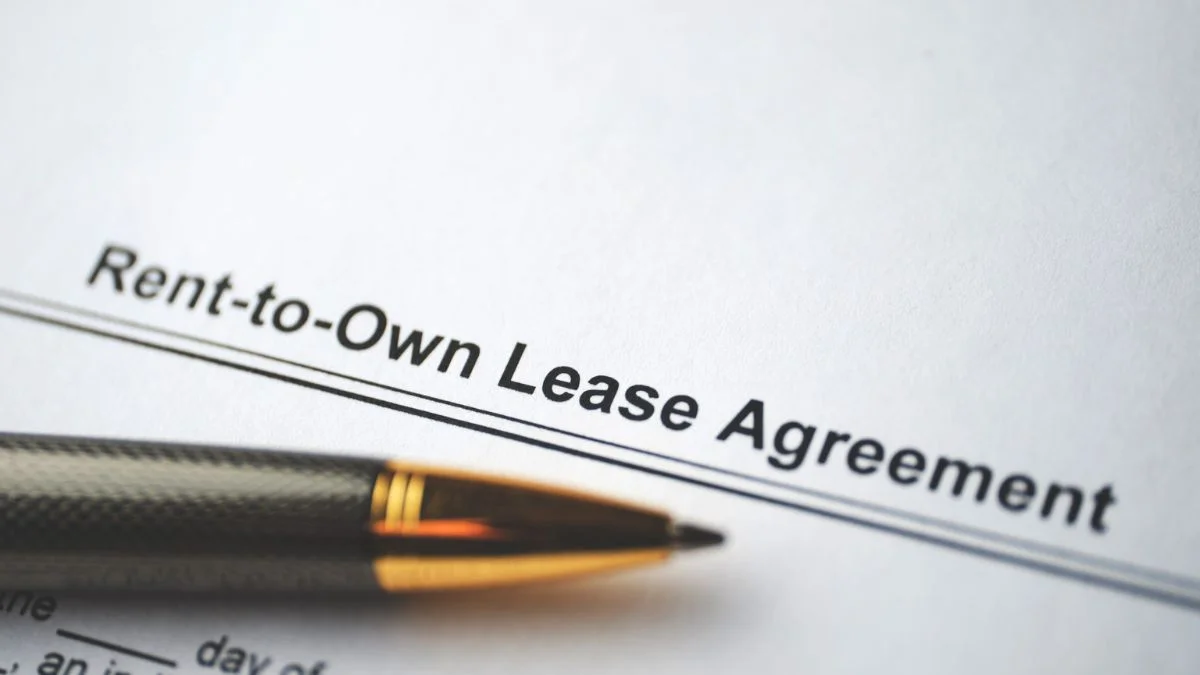
A proper rent to own lease agreement is comprehensive and covers all aspects of the transaction. A typical rent to own lease agreement includes the following key sections:
1. Lease Agreement
This section covers the standard terms of the rental, similar to a traditional residential lease. It includes the monthly rent amount, due dates, late fees, and rules for living in the property. It’s essential to know the difference between a lessee vs lessor when reviewing this part. The contract will also specify who is authorized to live in the property, outlining the roles of a tenant vs occupant.
2. Option to Purchase or Purchase Agreement
This part of the rent to own home agreement contract specifies the tenant’s right or obligation to buy the property. It includes the agreed-upon purchase price, which can be a fixed amount or a price determined by a future appraisal.
3. Option Fee
This is a non-refundable, upfront payment made by the tenant to the landlord. It gives the tenant the exclusive right to purchase the property. The fee is usually between 1% and 7% of the home's purchase price.
4. Escrow Terms
This section details how the rent credits and option fee will be held in an escrow account. This protects both parties by ensuring the funds are used correctly at the time of sale.
5. Default and Termination Clauses
The agreement must clearly define what constitutes a default (e.g., missing a rent payment) and the consequences. It outlines the process for termination of the contract by either party.
6. Maintenance and Repairs
In a rent to own home agreement contract, maintenance responsibilities are often shifted to the tenant, a key difference from standard rentals. State laws can vary significantly.
For example, in Texas, tenants are often responsible for all repairs. In California, landlords are generally required to maintain a habitable property, though this can be modified by a rent-to-own contract. In New York, tenants must notify the landlord of needed repairs, and the landlord must act promptly. This is an important consideration for tenant rights.
7. Purchase Timeline and Financing
The contract sets a clear timeline for the purchase and may specify the type of financing the tenant must secure. It should state whether the tenant must obtain a mortgage or if the seller will provide financing. For more details on what to look for, read these questions to ask before signing a lease.
8. Property Description
The agreement must include a full legal description of the property to prevent any future disputes.
Pros and Cons of Rent-to-Own
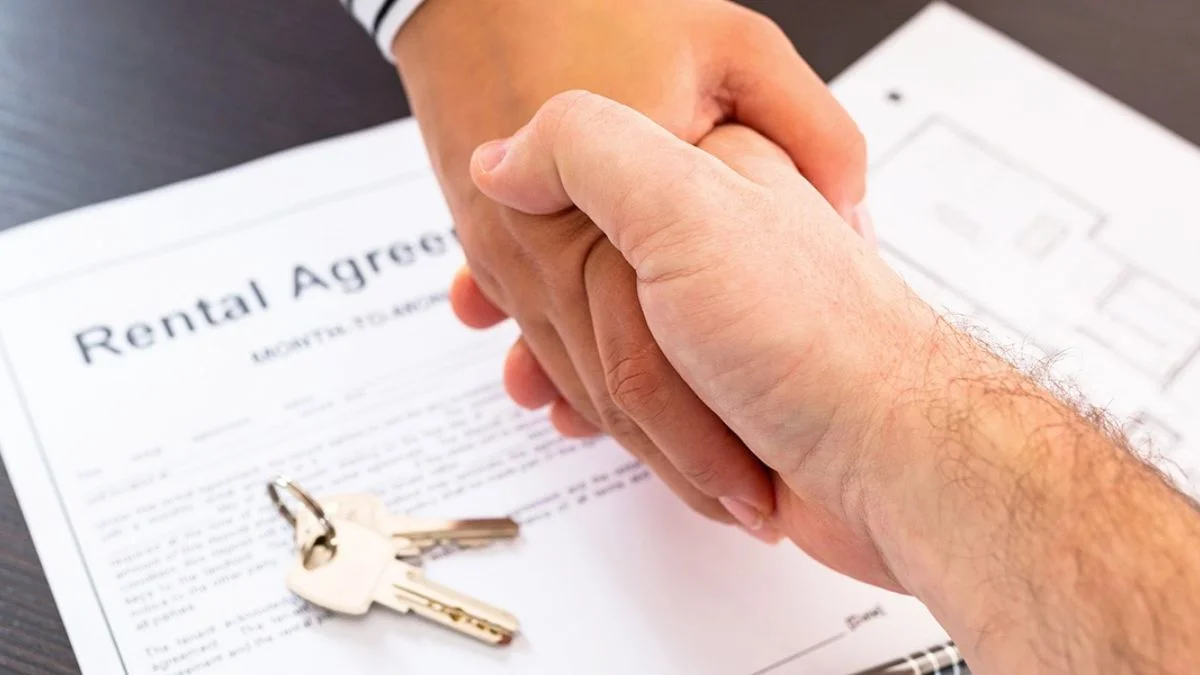
For Tenants
Pros:
- Path to Homeownership: Provides a way to buy a home without a perfect credit score or a large down payment.
- Time to Save: Gives you time to save for the down payment and closing costs.
- Credit Improvement: The lease period allows you to work on improving your credit score.
- Locked-in Price: You can lock in a purchase price, protecting you from future market price increases.
Cons:
- Loss of Money: If you don’t buy the house, you lose the option fee and any rent credits.
- Limited Flexibility: You are locked into a single property. If your circumstances change, you might face a difficult situation.
- Potential for Default: Missing a single payment can lead to losing the contract and all your accrued funds.
- Higher Costs: Monthly payments may be higher than a typical rental rate.
For Landlords
Pros:
- Expanded Tenant Pool: You can attract tenants who are more committed to the property.
- Consistent Income: Provides a steady rental income and a potential future sale.
- Less Turnover: Rent-to-own tenants are often more stable and responsible, reducing turnover costs.
- Higher Rent: You can often charge a higher monthly rent than the market rate.
Cons:
- Buyer May Default: There is no guarantee the tenant will buy the home, which can leave you back at square one.
- Complex Paperwork: The legal and contractual details can be complicated and require professional help.
- Maintenance Responsibility: While often shifted to the tenant, legal gray areas can still exist.
- Missed Appreciation: If the property value increases significantly, the landlord may miss out on potential profits if the purchase price was set too low.
Legal Considerations about Rent-to-Own Lease Agreement in the U.S

Navigating a rent to own home agreement contract requires careful attention to legal details. Does a rent-to-own contract need to be notarized? It depends on state law. In some states, a notarized signature is required to make the contract legally binding, especially if it's recorded with the county recorder’s office. It’s always best to consult with a legal professional to ensure your contract complies with all local and state laws.
State laws govern various aspects, including tenant rights, eviction processes, and disclosures. For example, in some states, like Illinois, the landlord must provide specific disclosures about the property’s condition. It's also crucial to check if the property falls under any specific regulations, such as being rent-stabilized vs rent-controlled, as these can affect the rent and your rights
Related Legal Documents & Forms
Understanding a rent-to-own contract is easier when you know the related legal documents it draws from.
Residential Lease Agreement
This is the standard rental contract that forms the basis of the rent-to-own arrangement. It outlines the responsibilities of the tenant and landlord during the lease period.
Real Estate Purchase Agreement
This is a separate, but often included, document that formalizes the sale of the property. It is the final contract that a tenant signs to buy the home.
Land Contract
A land contract (or contract for deed) is often confused with rent-to-own because in both cases, people live in the home before fully owning it. Sometimes confused with rent-to-own, a land contract (or contract for deed) is a direct seller-financed purchase.
The main difference is:
- Rent-to-own: You start as a renter. You pay rent, and later you may choose (or be required) to buy the home.
- Land contract: You start as a buyer. You pay the seller in installments, and the seller keeps the title until you finish paying.
In short, rent-to-own is renting with a path to buy, while a land contract is buying through direct payments to the seller.
Warranty Deed
This document transfers the ownership of the property from the seller to the buyer and guarantees the seller has the legal right to sell the property.
Conclusion
A rent to own lease agreement can be a powerful tool for aspiring homeowners and landlords alike. By offering a structured path to homeownership, it benefits those who need time to save or improve their credit. For landlords, it provides a reliable stream of income and a pre-qualified buyer.
Before entering into such an agreement, it is crucial to understand all the terms and legal implications. Consulting with a real estate attorney is highly recommended to ensure the contract protects your interests.
FAQs
Why would a landlord agree to rent-to-own?
A landlord would agree to rent-to-own to attract a wider pool of potential buyers, particularly those who are serious about homeownership but can’t qualify for a mortgage yet. It also allows them to charge a higher rent and receive a non-refundable option fee. This can be a more stable arrangement than a traditional rental.
Is rent-to-own ever a good idea?
Yes, it is a good idea to lease to own if you have a stable job and a plan to improve your credit and save money. It provides a clear path to homeownership. However, it’s not for everyone. You must be disciplined with your finances and committed to the property.
What does a typical rent-to-own agreement look like?
A typical rent-to-own agreement is a hybrid document. It combines a standard residential lease with a purchase option clause. It outlines the rent payments, the duration of the lease, the final purchase price, and the non-refundable option fee. The document should clearly define the responsibilities for maintenance and what happens in the event of a default.
